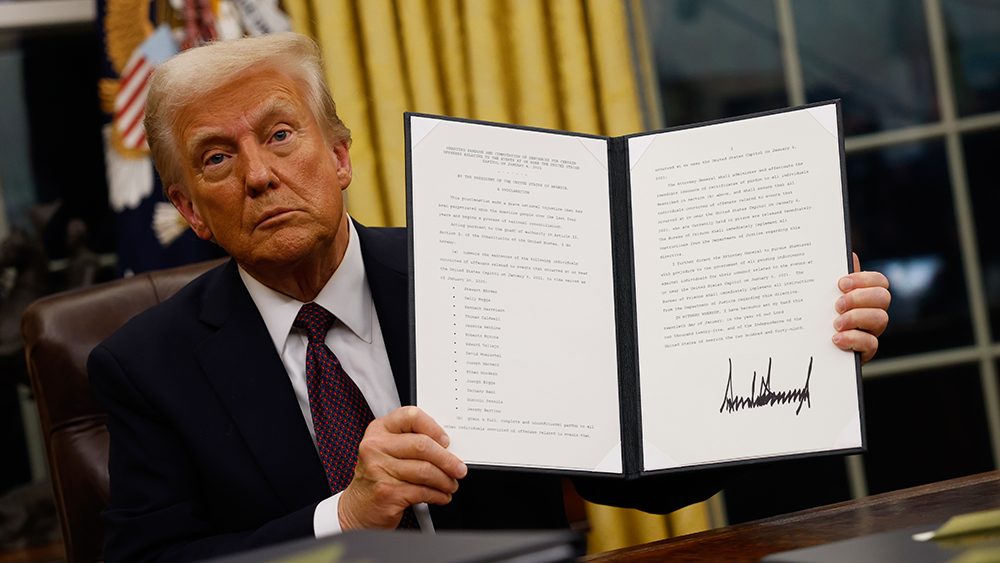
The satellite network, known as the Silent Barker, is a constellation of spy satellites set to be the first of its kind network that will compliment ground-based sensor systems and low-orbit satellites, according to Space Force statements and independent analysts. The satellites are set to be placed 22,000 miles above the Earth and at the same speed it rotates, known as a geosynchronous orbit.
"This capability enables indications and warnings of threats against high-value U.S. systems and will provide capabilities to search, detect and track objects from space for timely threat detection," said the Space Force in a statement.
Sarah Mineiro, a former lead staffer on the House Armed Services Committee strategic subcommittee that oversees space programs, stressed that the cluster will dramatically increase the Space Force's ability "to track on-orbit, adversary satellites that could be maneuvering around or in proximity to our satellites."
She added that Silent Barker also addresses the limitations of ground and lower-orbit surveillance systems and allows the U.S. to "really figure out what is going on up there in space," she said.
The Space Force has refused to divulge how many satellites would make up the Silent Barker constellation. All it said was "multiple space vehicles" were involved.
According to the National Reconnaissance Office, which is developing the satellite network with the Space Force, the satellite constellation is scheduled for launch on board an Atlas V booster operated by the United Launch Alliance, a joint private space venture by Boeing and Lockheed Martin. Its launch date, which is not yet known, will be announced 30 days in advance via social media platforms.
Space capabilities of Russia, China growing
The Space Force's announcement came as a response to growing efforts by Russia and China to develop systems capable of being launched into orbit to take out adversarial satellites and space systems.
This also came after the publication of this year's annual threat assessment by the Office of the Director of National Intelligence. The report claimed that China already has weapons intended to target satellites owned by the U.S. and its allies, and "counter-space operations will be integral to potential People's Liberation Army (PLA) military campaigns." (Related: China has put hundreds of satellites in orbit to target U.S., as Space Force commander reveals Beijing's horrific plan for America.)
Bloomberg cited China's SJ-21 satellite as an example. This was launched in 2021 and later successfully pulled a defunct Chinese satellite several hundred miles into a higher orbit. Another Chinese satellite, the Sijian-17, is equipped with a robotic arm that could be used to grapple other satellites and take them out of commission.
"[The SJ-21] could clearly serve in a counter-space role and hold our geosynchronous satellites at risk," warned Space Command Commander Gen. James Dickinson during a testimony before the House of Representatives.
The Space Force added that the SJ-21 is the type of satellite that Silent Barker is specifically meant to track as it seeks " to detect or discover new objects" that could pose a threat to America's space infrastructure.
Bookmark Space.news to read more about space-related news and updates.
Watch the video below where a NASA veteran talks about how America can aim higher in the space industry.
This video is from the NewsClips channel on Brighteon.com.
More related stories:
Space running out of space: Experts warn space race could lead to war on Earth.
Russia could target American commercial satellites if US continues to use them to aid Ukraine.
Space race? Russia to partner with China to build the first lunar base after rejecting US space deal.
Sources include:
Please contact us for more information.





















